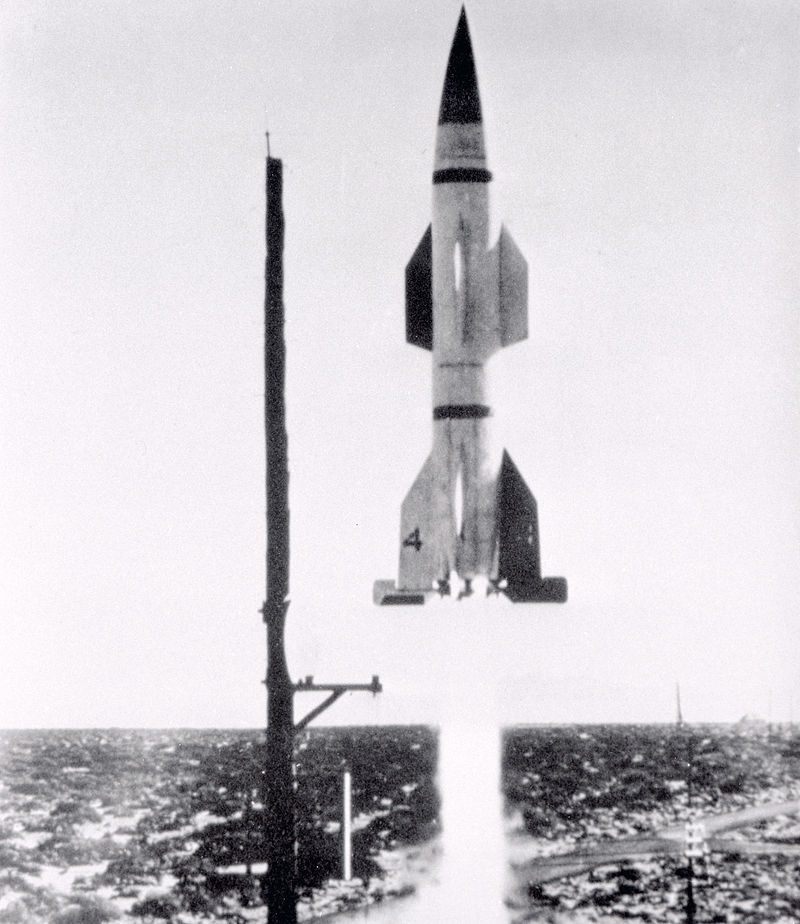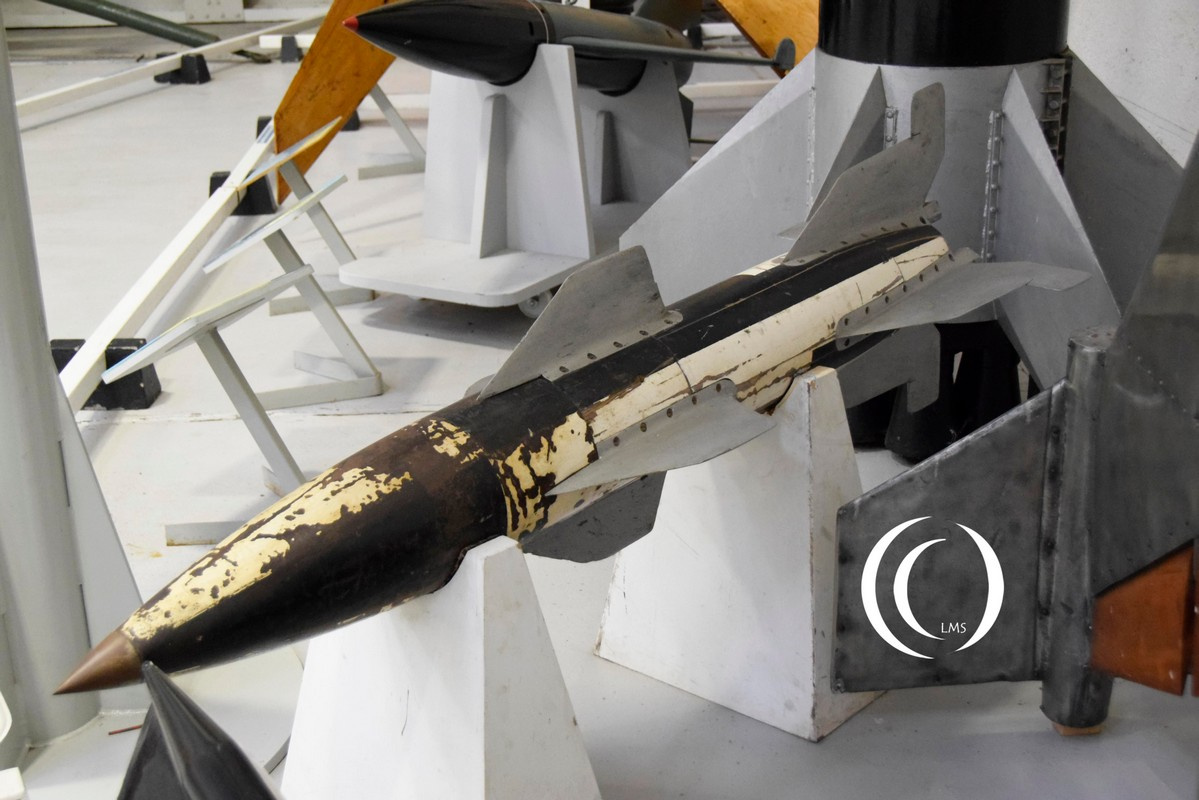
The Wasserfall was a German surface-to-air guided missile developed during World War II as an anti-aircraft weapon. Based on the V2 rocket, it was smaller (7.85 meters long) and lighter (3,600 kg/ 7,937 lbs) but retained a similar design. It was powered by a liquid-fueled rocket engine using Visol (hypergolic fuel) and SV-Stoff (red fuming nitric acid oxidizer), giving it a maximum speed of 770 m/s (2,755 km/h or 1,712 mph) and a range of 25–50 km (16–31 mi). The missile carried a high-explosive warhead of 100–150 kg and was guided by radio command, with an operator manually steering it toward enemy aircraft.
Development
The concept development of the Wasserfall started in 1941. In the following year all specifications were defined and in March 1943 the first test flights commenced at the Peenemunde peninsula in the Karlshagen test Centre by the Flak-Versuchskommando Nord, EMW (Elektromechanische Werke GmbH Peenemünde).
Although promising, production issues and the war’s end prevented the Wasserfall from ever being deployed in combat.
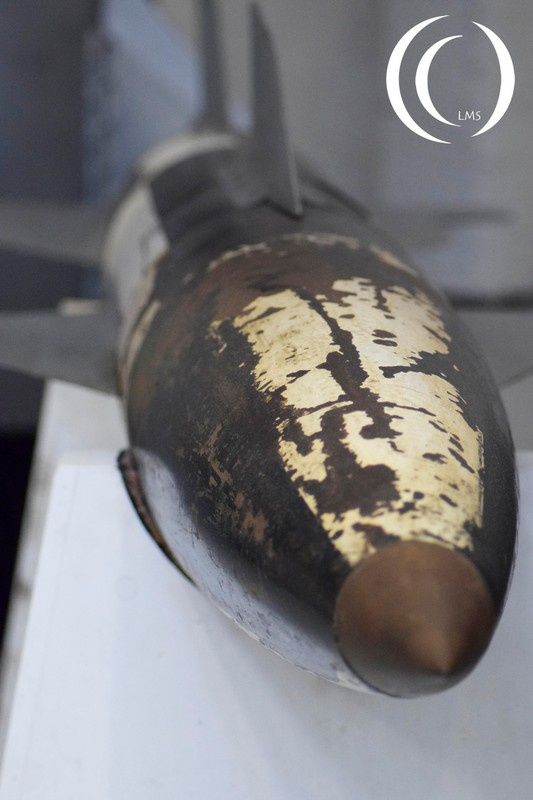

Operation Hydra
During Operation Hydra, the bombing of the German scientific research Centre at Peenemünde on the night of 17/18 August 1943, Dr. Walter Thiel was killed (and many others). Dr. Walter Thiel was the major engineer of the missile, so this was a huge setback for the Wasserfall development.
Operation Hydra was the start of operation Crossbow, the bombing of V1 Cruise Missile and V2 Rocket facilities.
Testing
Slowly development picked up again and in March 1944 three Wasserfall rockets were fired, until the trials were completed at the end of June 1944. A launch on 8 January 1945 had an engine failure at 7 km high. A Launch in February 1945 was successful, the Wasserfall reached a supersonic speed of 770 m/s – 2.800 km/h in vertical flight. A total of 35 rockets had been launched during the war but this ended when the Peenemünde facilities were abandoned on 17 February 1945 when the Soviet Armies closed in.
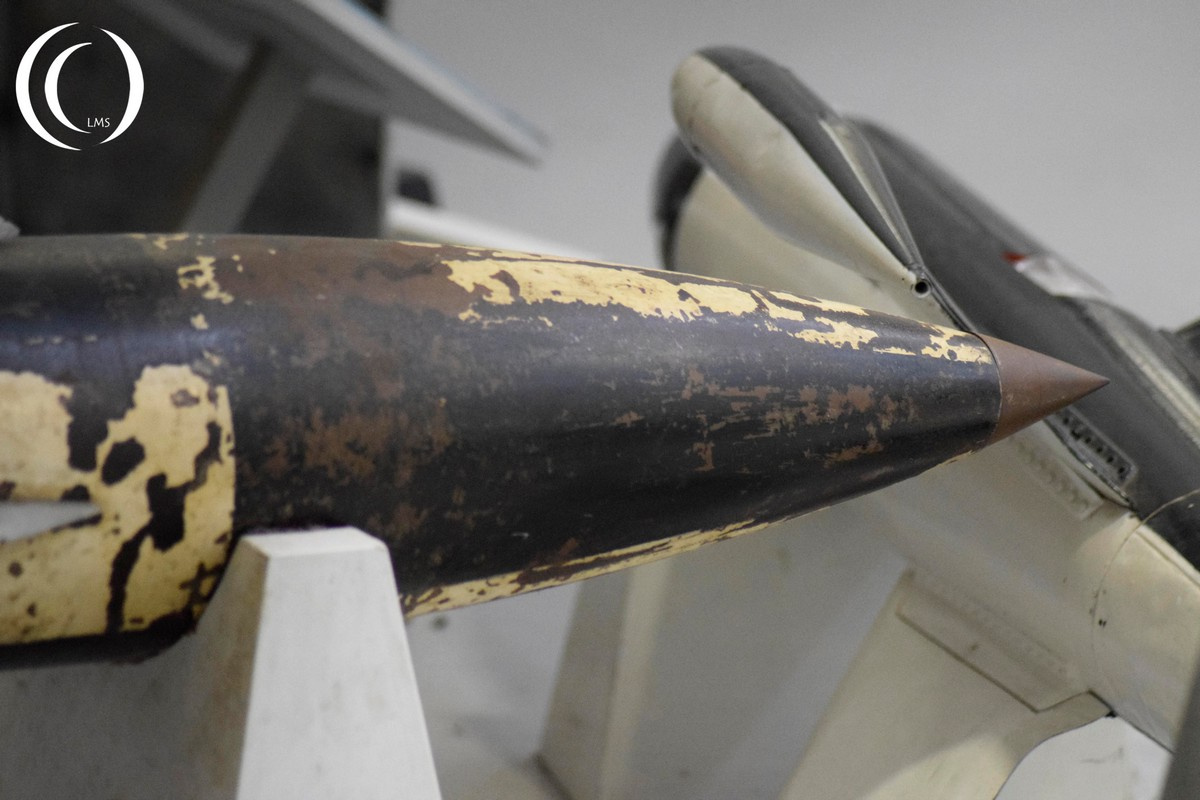


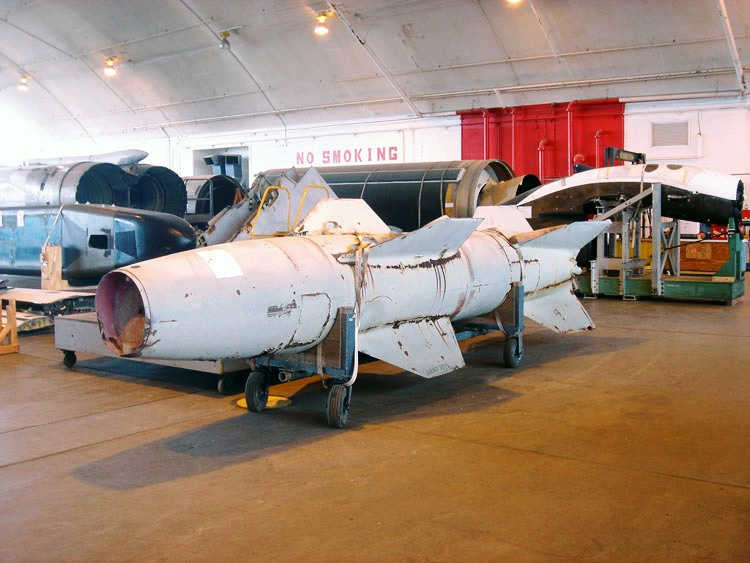
Radio guided
The Wasserfall could stand ready for several months therefore it used another fuel type than the V2 Rocket. It was radio controlled by the Kehl-Strasbourg Funkgerät FuG 203 and Fug 230, with line-of-sight (MCLOS) control during daytime with radio waves and a joystick. The Kehl-Strasbourg Funkgerät FuG 203 and Fug 230 was originally developed for guided missile attacks on ships with the use for the Fritz X and the Henschel Hs 293 missiles. At night it was much more complex to guide the Wasserfall. A radar guiding system named Rheinland was developed which used a simple analogue computer. The Wasserfall tracked the radar beam and together with the use of the joystick and blips on a screen the rocket was guided to its target.
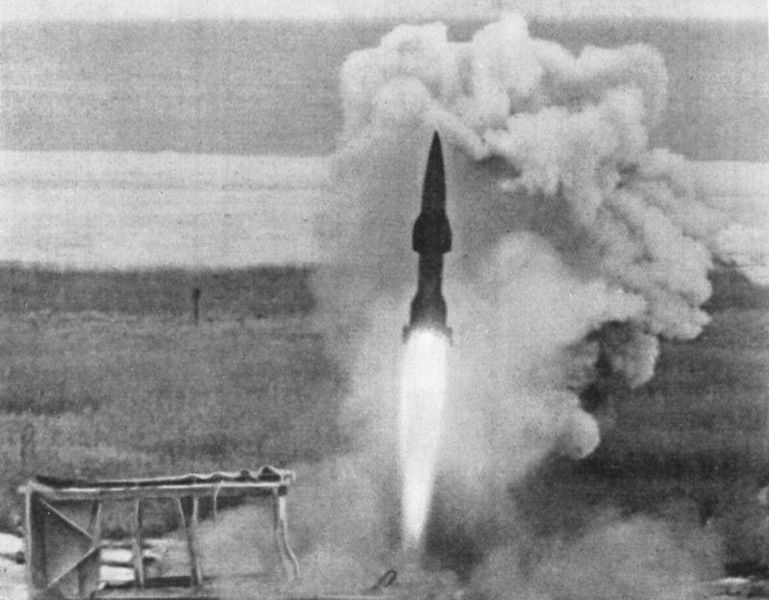
Warhead
The Wasserfall was 7.85 meters long, with a diameter of 86 cm. It weighed around 3500 kg and reached a speed of 770m/s or 2.800 km/h in vertical flight up to 20 km high. It had a warhead up to 300 kg. The warhead was upgraded in due time for the engineers feared it was too hard to get really close to Allied bombers. By upgrading the warhead, they wanted to expand the blast area of the Wasserfall and tried to down more than one plane with a single missile. The Liquid-propellant rocket motor was fueled with 450 kg Visol + 1500 kg SV-Stoff. And could be ready for a few months on end after fuelling, instead of the V2 rocket which had to be tanked just before take-off.
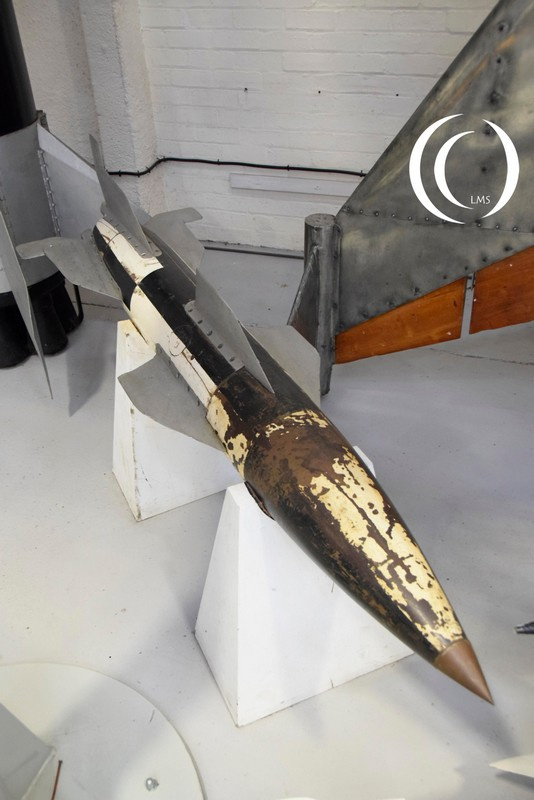
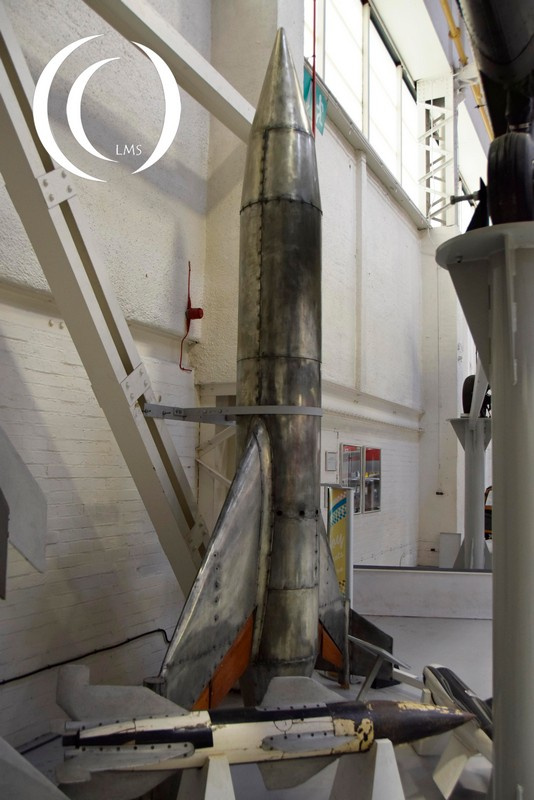
After WWII
The Wasserfall technology had great potential therefore, after the Second World War, the Allies copied the rocket and further developed it. The Americans named theirs “Hermes” leading to the Viking Rocket, the Russians named it “R-101” and later developed the SCUD systems, Egypt had the “Al Kaher” rocket and France the “Eole”.
The Wasserfall rocket in the photo is a genuine test model, scaled down to a quarter of the actual Wasserfall size. It is on display in the Royal Air Force Museum Cosford in the UK.
